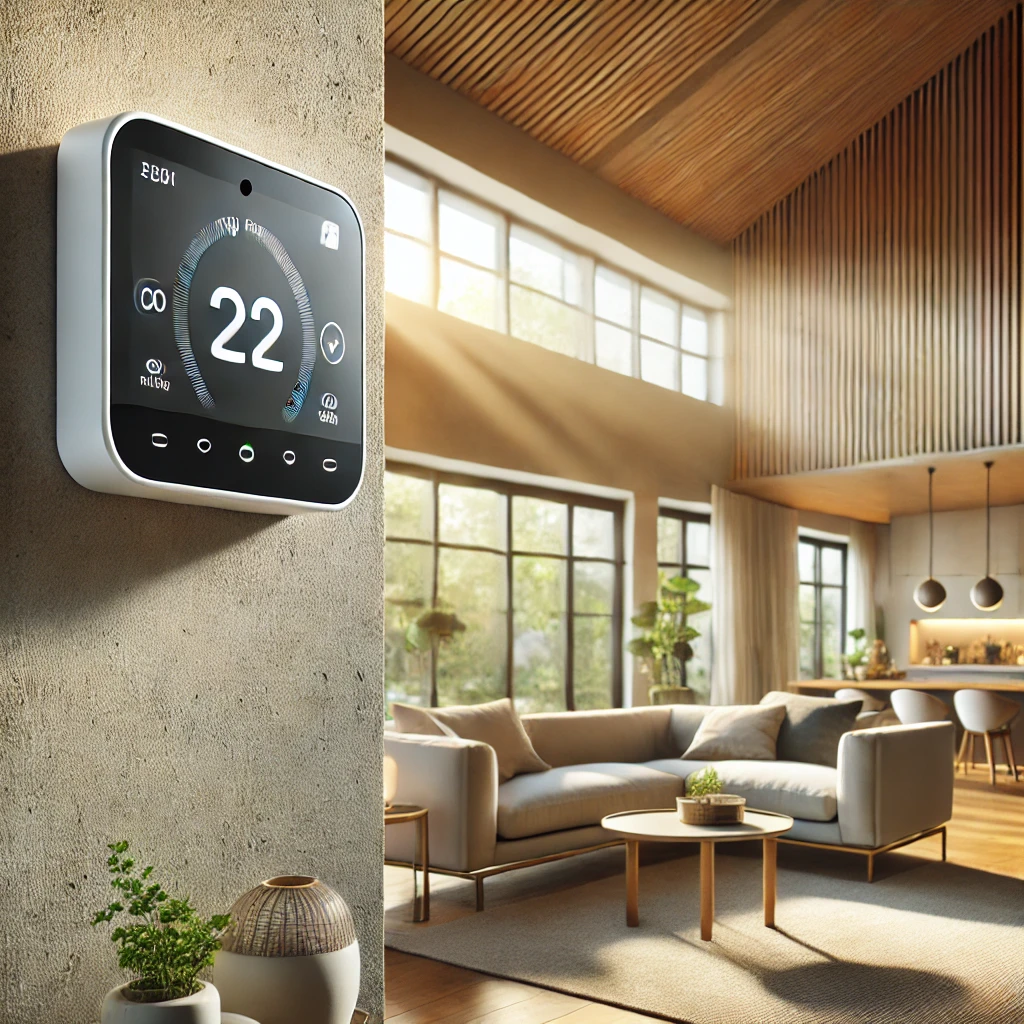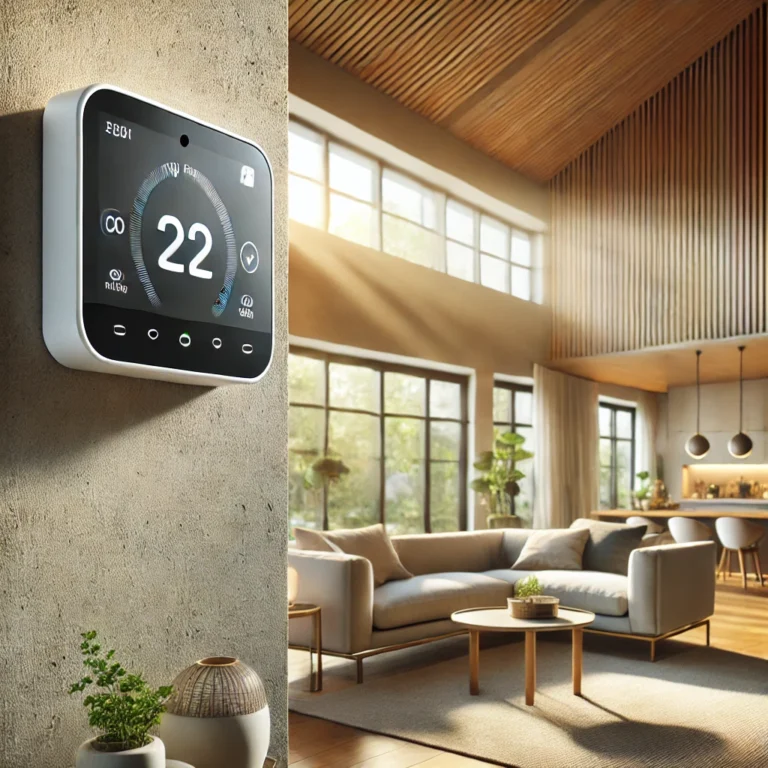Physical Address
304 North Cardinal St.
Dorchester Center, MA 02124
Physical Address
304 North Cardinal St.
Dorchester Center, MA 02124


Reducing your carbon footprint often begins at home, and one of the easiest ways to do so is by making your heating and cooling systems more efficient. Smart thermostats are a powerful tool for creating an energy-efficient home, helping you save money while reducing environmental impact. This article explores the benefits of smart thermostats, how they work, and tips on using them to reduce your home’s carbon footprint.
Smart thermostats offer more than just temperature control. They connect to Wi-Fi and use data to optimize heating and cooling based on your lifestyle, preferences, and even local weather. By making temperature adjustments automatically, smart thermostats reduce energy waste, leading to both cost savings and a smaller carbon footprint.
Benefits of Smart Thermostats:
Explore Energy Star-certified thermostats to find efficient, eco-friendly models.
Heating and cooling account for a significant portion of household energy consumption. By using less energy to maintain a comfortable home environment, smart thermostats help decrease demand on power plants, which in turn reduces carbon emissions. Here’s how smart thermostats contribute to a more sustainable home.
Smart thermostats can learn your schedule, adjusting the temperature based on when you’re home, asleep, or away. This means your system won’t waste energy heating or cooling an empty house.
Through mobile apps, smart thermostats allow you to control your home’s temperature remotely. If you’re returning home earlier than expected, simply adjust the temperature from your smartphone, so energy is used only when necessary.
Many smart thermostats connect to weather forecasts, automatically adjusting indoor temperatures based on outdoor conditions. This function further reduces the need for excess heating or cooling.
With usage reports and energy insights, you can see exactly where your energy goes, helping you make informed decisions about energy usage. For instance, you might find that certain settings are more efficient, saving both energy and money.
Learn more about the environmental benefits of smart thermostats and how they can reduce household emissions.
To get the most out of your smart thermostat, it’s essential to use it strategically. These tips will help you maximize your energy savings and reduce your home’s carbon footprint.
Research shows that setting your thermostat to 68°F (20°C) in winter and 78°F (25.5°C) in summer can balance comfort and efficiency. Experiment with these settings and adjust based on your preferences.
Tip: Lower your thermostat by a few degrees at night or when you’re away to save energy.
Most smart thermostats allow you to create schedules based on when you’re typically home or away. Set your thermostat to lower temperatures during work hours or when you’re sleeping.
Example: Schedule your heating to reduce when you’re at work, but increase slightly an hour before you return home.
Geofencing is a feature that uses your phone’s location to detect when you’re nearing home, adjusting the temperature automatically. This helps prevent unnecessary energy use while ensuring a comfortable temperature when you arrive.
Reviewing the energy usage reports provided by your thermostat can help identify patterns. You may find that certain times of day are more energy-intensive, allowing you to adjust settings accordingly.
Check out additional tips for maximizing smart thermostat efficiency to make your home even greener.
When selecting a smart thermostat, consider factors like compatibility with your heating and cooling system, ease of use, and the additional features it offers.
Tip: Ensure your thermostat is compatible with your current heating and cooling system, as some models may require specific setups.
Compare top-rated smart thermostats to find one that suits your home and lifestyle.
A smart thermostat is more than a tool for maintaining a comfortable home; it’s a way to actively reduce your carbon footprint. By optimizing temperature control, using scheduling features, and reviewing energy reports, you can take meaningful steps toward a greener lifestyle.
Ready to make the switch? Start by choosing a smart thermostat that fits your needs and see the difference in both energy savings and environmental impact. Together, we can make simple, powerful changes to protect our planet.
Discover more energy-saving tips to continue your journey toward an eco-friendly home.